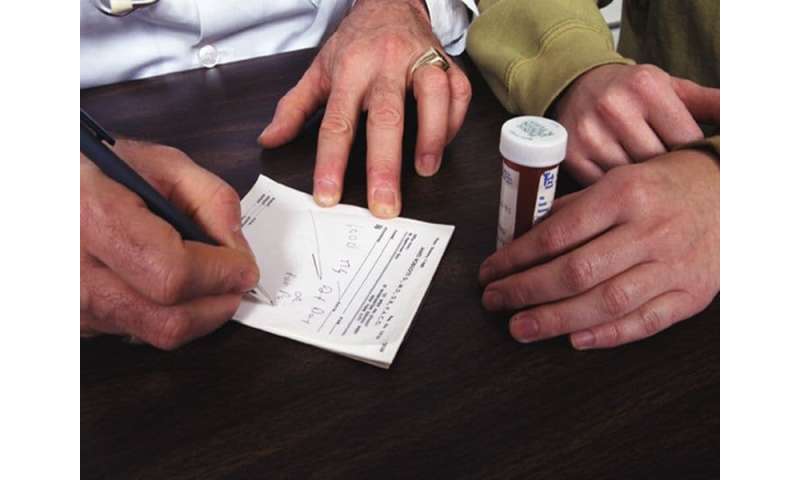Diabetes medication prescribing increased 2003 to 2016

(HealthDay)—Pharmacologic treatment for type 2 diabetes increased from 2003 to 2016, according to a study published online March 31 in Diabetes Care.
Phuc Le, Ph.D., from the Cleveland Clinic in Ohio, and colleagues used data from the 2003 to 2016 National Health and Nutrition Examination Survey to identify 6,323 adults who had ever been told they had diabetes, had a hemoglobin A1c (HbA1c) >6.4 percent, or had a fasting plasma glucose >125 mg/dL. Trends in diabetes medication use were assessed.
The researchers found that the proportion taking any medication increased from 58 percent in 2003 to 2004 to 67 percent in 2015 to 2016 (P < 0.001). Specifically, use of metformin and insulin analogs increased, while use of sulfonylureas, thiazolidinediones, and human insulin decreased. The choice of drug did not vary significantly by older age, weight, or presence of cardiovascular disease following the 2012 American Diabetes Association (ADA) recommendation. Hypoglycemia-inducing medications were less likely to be received by patients with low HbA1c (<6 percent) and those aged ≥65 years, while older patients with comorbidities were more likely to receive these medications. Higher-cost medication use was associated with insurance but not income.
“Following ADA recommendations, the use of metformin increased, but physicians generally did not individualize treatment according to patients’ characteristics,” the authors write. “Substantial opportunities exist to improve pharmacologic management of diabetes.”
Source: Read Full Article
